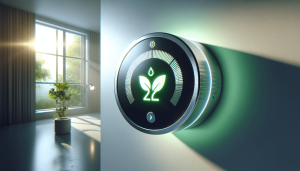In our quest for healthier living environments, we often seek sustainable and safe alternatives for everyday products. One such staple in our homes is paint, which can significantly impact our well-being and the environment. In the article “What Are The Benefits Of Using Non-toxic Paints And Finishes?”, we delve into how choosing non-toxic paints and finishes can greatly benefit both our health and the planet. We explore the multitude of advantages, from improved indoor air quality and reduced exposure to harmful chemicals to the positive effects on the environment and our communities. Join us as we uncover the compelling reasons to make the switch to non-toxic options in our next renovation or crafting project.
What Are The Benefits Of Using Non-toxic Paints And Finishes?
Have we ever paused for a moment to wonder about the benefits of using non-toxic paints and finishes? As we embark on a journey toward cleaner living and healthier environments, it’s essential to understand the profound impact that seemingly small choices, like the paint we use, can have on our lives. Let’s dive deep into the various advantages associated with going non-toxic in our decorating endeavors.
Understanding Non-toxic Paints and Finishes
What Are Non-toxic Paints and Finishes?
Non-toxic paints and finishes are formulations created without harmful chemicals that can cause a variety of health issues. These products generally have low levels of Volatile Organic Compounds (VOCs) or none at all. VOCs are chemicals found in many traditional paints that evaporate into the air, which can lead to indoor air pollution and health concerns.
By choosing non-toxic options, we’re opting for materials that are safer for us, our families, and the planet.
Health Benefits
Improved Indoor Air Quality
One of the primary reasons we should switch to non-toxic paints is the significant improvement in indoor air quality. Typical paints release VOCs which can linger in the air for a long time, resulting in diminished indoor air quality. By contrast, non-toxic paints greatly reduce our exposure to these harmful compounds.
Fewer Health Risks
When we use non-toxic paints, we reduce our risk of developing short-term and chronic health issues. Exposure to VOCs from traditional paints can cause short-term effects such as headaches, dizziness, and respiratory problems. Long-term exposure is linked to more serious conditions like liver and kidney damage and even cancer. Embracing non-toxic paints helps us create a healthier living environment.
| Health Concern | Non-toxic Paints | Traditional Paints |
|---|---|---|
| Indoor Air Quality | Improved | Reduced |
| Short-term Health Effects | Minimal | Common |
| Long-term Health Effects | Minimal | Potentially Severe |
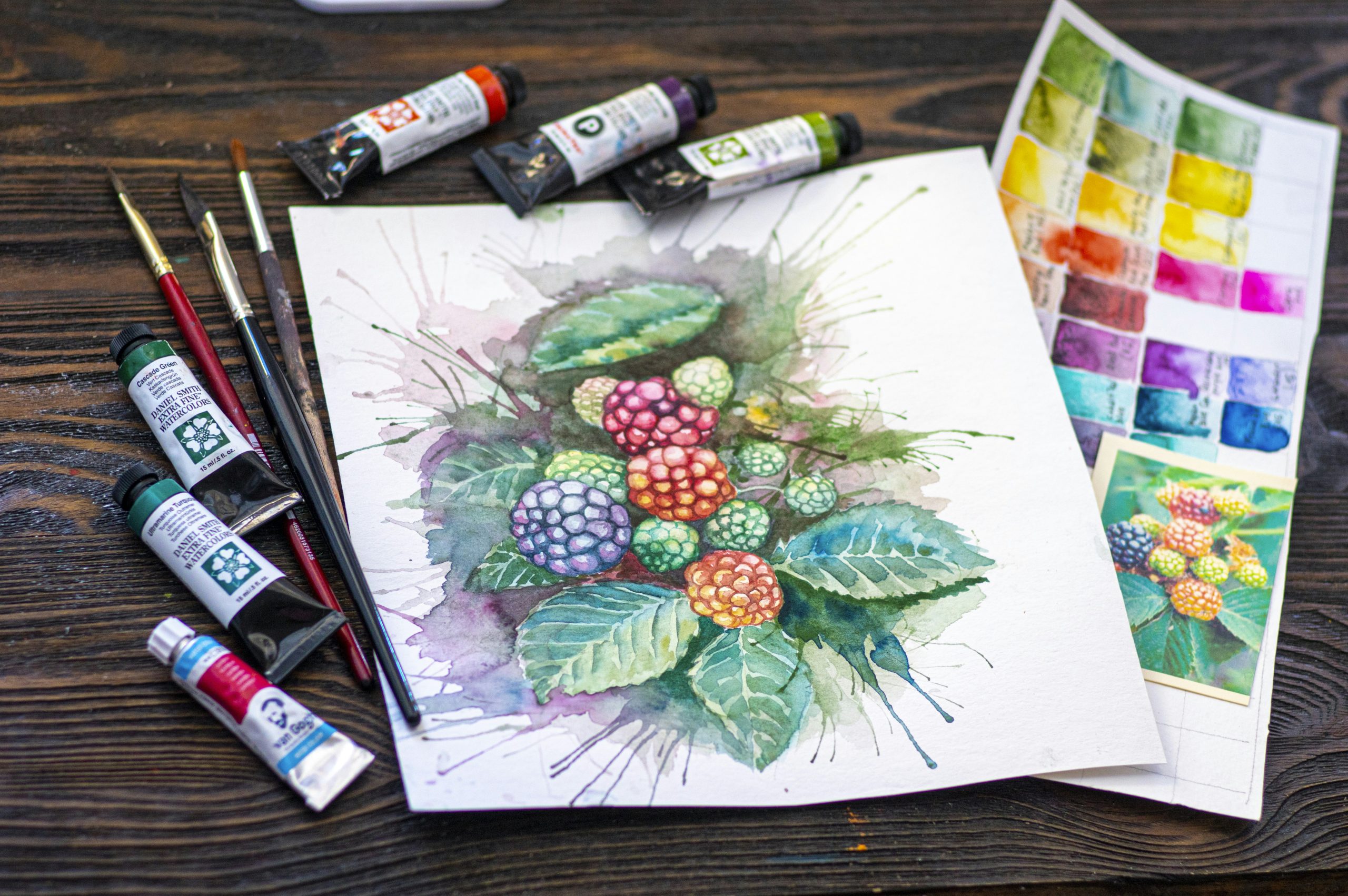
Environmental Advantages
Lower Environmental Impact
Using non-toxic paints and finishes is not just beneficial for our health; it’s also kinder to the environment. Regular paints release VOCs that contribute to air pollution and smog. In contrast, non-toxic paints produce fewer emissions, making them a more sustainable choice.
Renewable Ingredients
Many non-toxic paints are produced from renewable resources such as plant-based oils and natural minerals. This reduces our reliance on non-renewable resources and fosters a more sustainable production cycle. By choosing these eco-friendly options, we’re supporting the development of greener technologies.
Long-term Durability and Performance
Comparable Durability
A common misconception is that non-toxic paints are not as durable as their traditional counterparts. However, advancements in technology have ensured that non-toxic paints now offer comparable durability and performance. They can withstand the usual wear and tear, making them a worthy investment for us.
Long-lasting Finishes
Non-toxic finishes provide long-lasting protection for our walls and surfaces. They don’t yellow over time or degrade as quickly, which means that our homes will look fresher for longer.
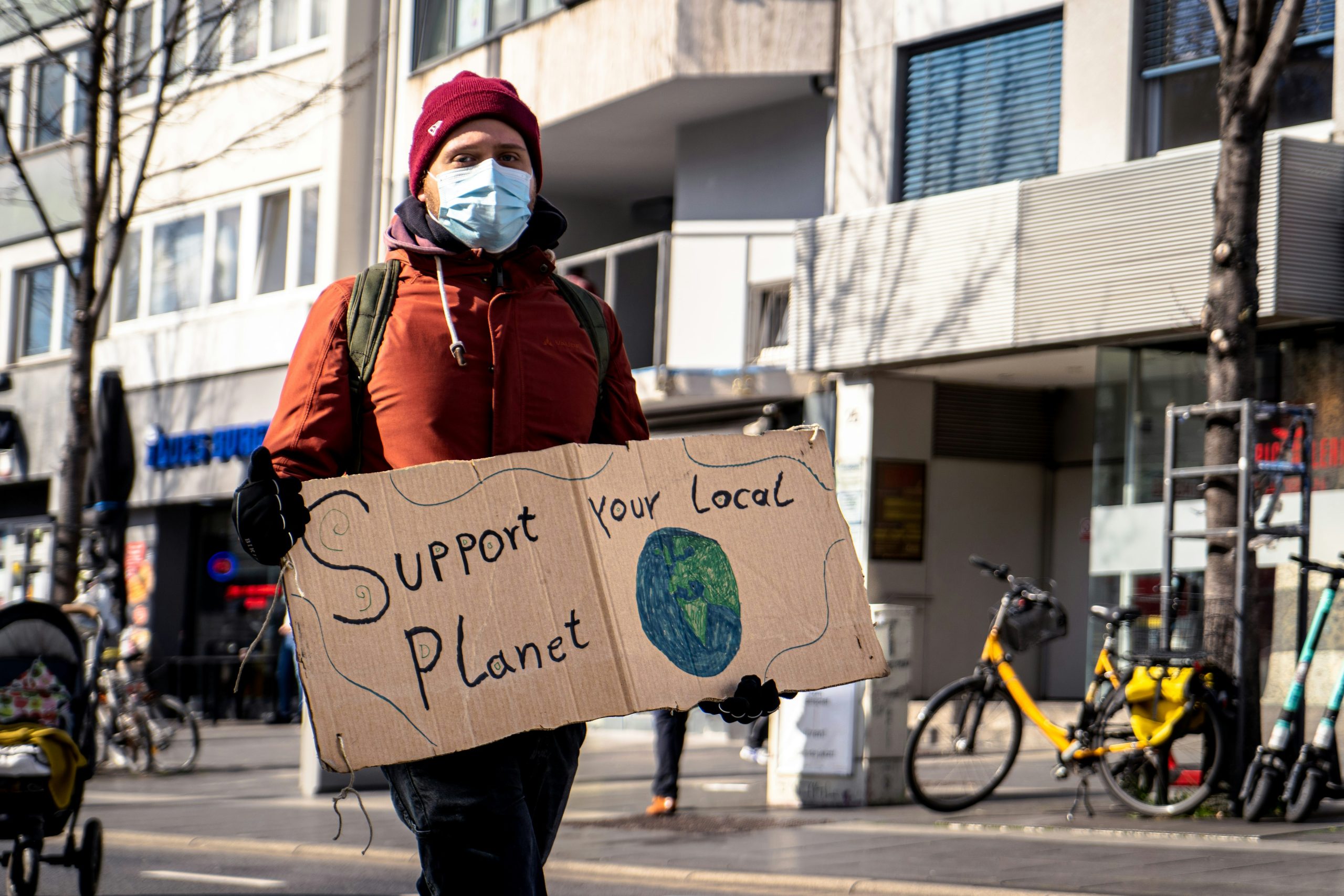
Aesthetic Benefits
Vibrant Colors
Non-toxic paints come in a wide range of vibrant colors. We can achieve the same aesthetic appeal without compromising on safety or quality. These paints offer excellent coverage and consistency, allowing us to unleash our creativity.
No Lingering Odor
One of the immediate benefits we’ll notice when using non-toxic paints is the lack of strong, lingering odors. Traditional paints often have a potent smell due to the VOCs, which can be unpleasant and harmful. Non-toxic alternatives tend to have a more subtle, often pleasant scent, making the painting process much more enjoyable.
Practical Considerations
Easy Cleanup
Many non-toxic paints are water-based, which makes cleanup a breeze. We can usually clean our brushes and other painting equipment with just soap and water, eliminating the need for harsh chemicals.
Safer for DIY Projects
For those of us who love DIY projects, non-toxic paints and finishes are a safer choice. They are less hazardous to handle and reduce the risk of adverse reactions during and after the painting process.
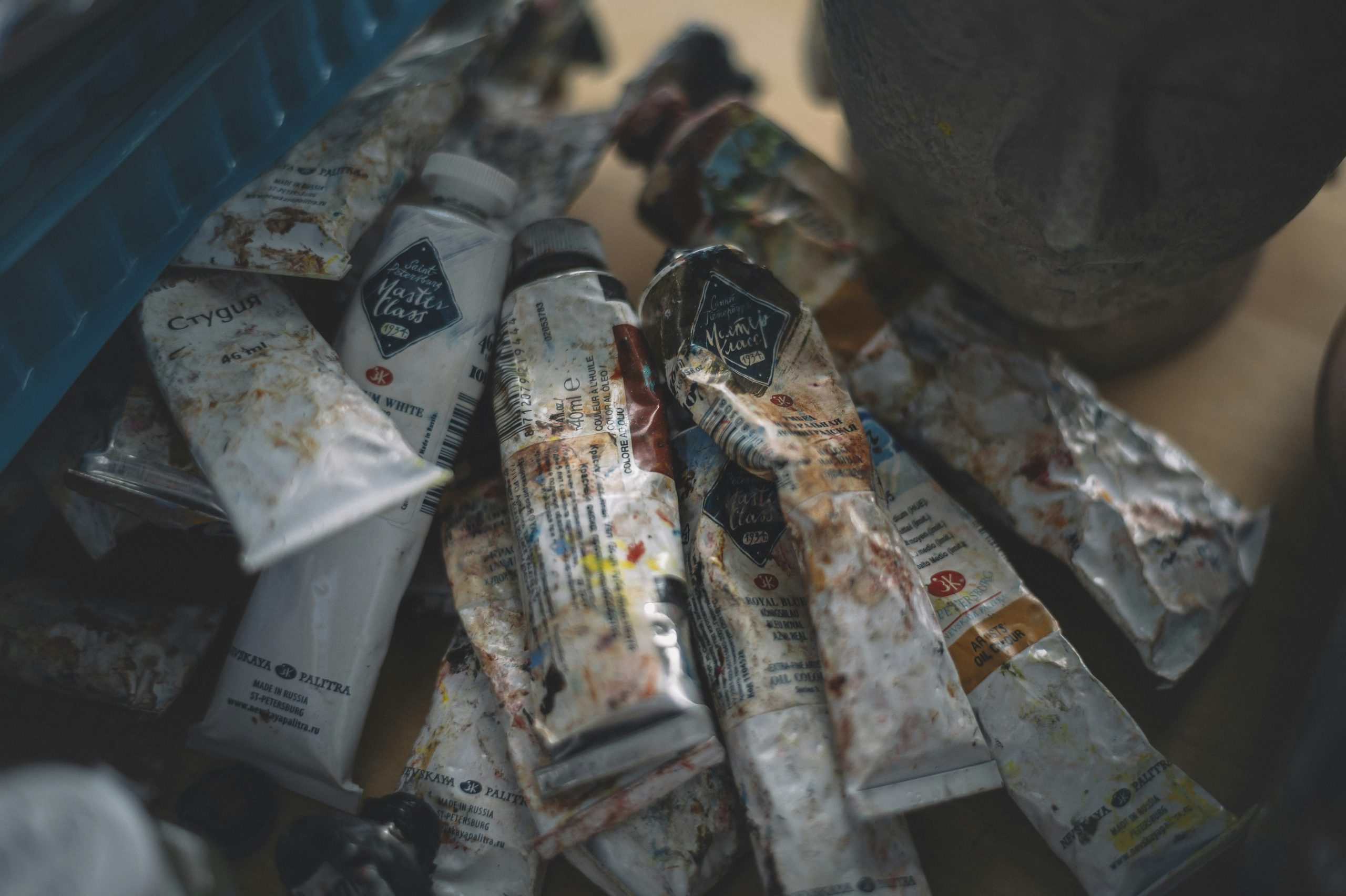
Cost-Effectiveness
Lower Long-term Costs
It’s true that non-toxic paints can be slightly more expensive upfront compared to traditional paints. However, when we consider the long-term benefits, such as reduced health risks and lower environmental impact, the initial investment is well worth it.
Durability and Less Frequent Repainting
Because non-toxic paints tend to be more durable, the surfaces we paint may require less frequent touch-ups and repainting. This can save us money over time while maintaining a fresh look in our homes.
How To Choose Non-toxic Paints and Finishes
Reading Labels
When selecting non-toxic paints and finishes, reading the labels is crucial. Look for products labeled as low-VOC or zero-VOC. Certification logos from reputable environmental organizations can also guide our choices.
Researching Brands
Some brands specialize in eco-friendly and non-toxic paint options. Doing a bit of research to find these brands can help ensure we’re making a truly safe and sustainable choice.
Considering Natural Paints
Natural paints made from ingredients like clay, chalk, and milk are often great non-toxic options. These paints do not contain VOCs and are biodegradable, offering an even more environmentally friendly choice.
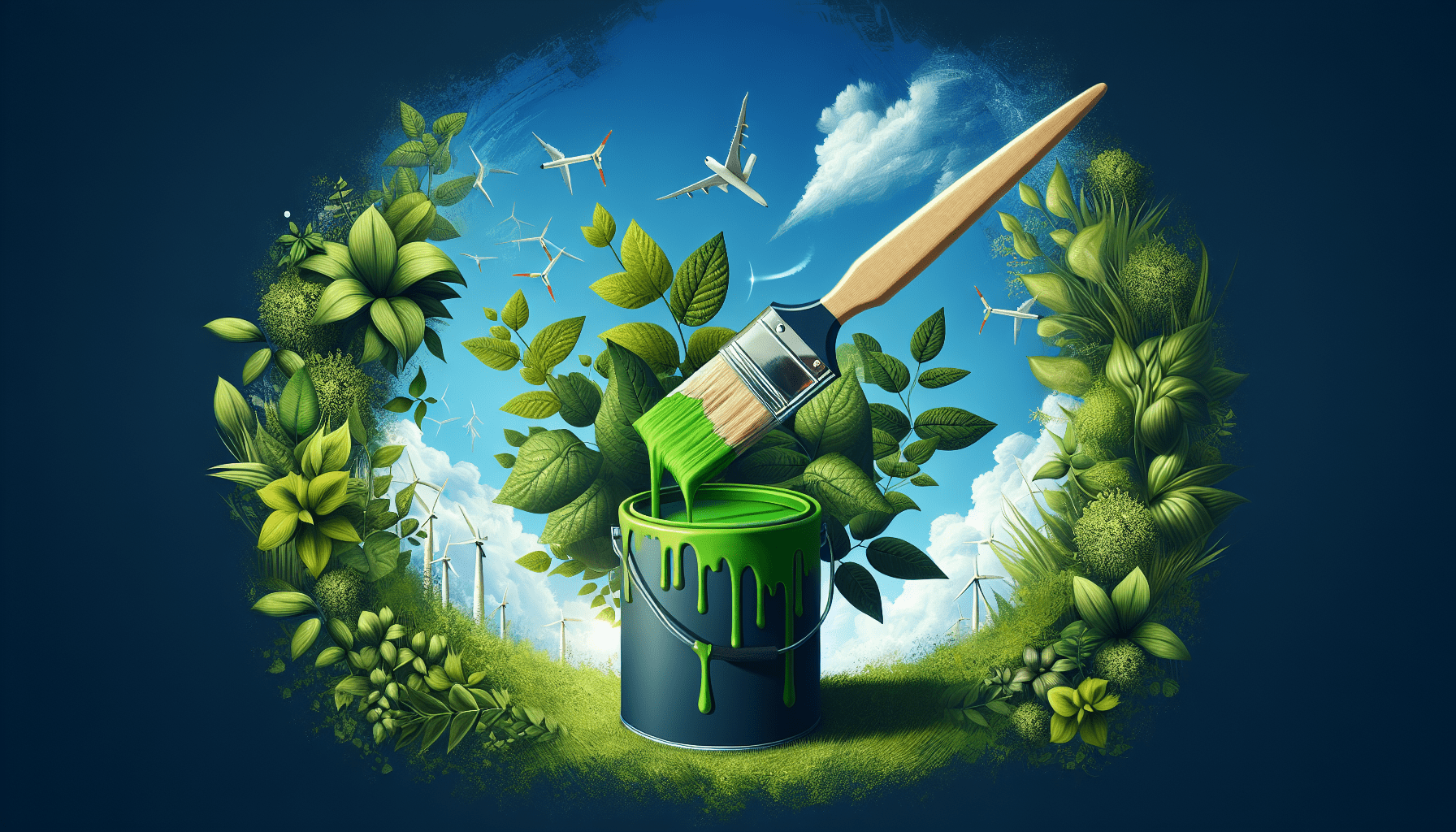
Implementing Non-toxic Choices in Our Homes
Start Small
If transitioning our entire home feels overwhelming, we can start with one room or even a small project. This allows us to get a feel for using non-toxic paints and see the benefits firsthand.
Encourage Others
By sharing our experiences and the benefits we’ve discovered, we can encourage friends and family to make the switch to non-toxic paints and finishes. Together, we can create healthier living environments and a positive impact on the planet.
Real-life Examples and Success Stories
Schools and Daycares
Several schools and daycare centers are now opting for non-toxic paints to ensure a safer environment for children. Reduced exposure to VOCs means healthier indoor air quality, which is especially important for the developing lungs of young kids.
Health-focused Businesses
Many health-focused businesses, such as yoga studios and wellness centers, have made the switch to non-toxic paints. They understand that maintaining a clean and healthy environment is part of their brand ethos, ensuring that their clients feel safe and comfortable.

Frequently Asked Questions
Are Non-toxic Paints More Expensive?
Initially, non-toxic paints can be more expensive. However, the added benefits such as better air quality, reduced health risks, and durability make them cost-effective in the long run.
Do Non-toxic Paints Require Special Application Techniques?
No special techniques are required. Non-toxic paints can be applied just like traditional paints using standard brushes, rollers, and sprayers.
Are Non-toxic Paints Available Everywhere?
Non-toxic paints are widely available, though selection may vary depending on the store. Many home improvement stores and online retailers offer a variety of non-toxic options.
Conclusion
In conclusion, the benefits of using non-toxic paints and finishes are substantial and multifaceted. From improving our health and creating safer living environments to supporting environmental sustainability and enjoying long-lasting finishes, non-toxic options truly are the way forward. By making informed choices, we can enjoy vibrant colors and durable surfaces without compromising on our well-being or the health of our planet.
As we continue to explore and embrace these alternatives, we create a ripple effect that encourages wider usage and development of non-toxic products. So let’s embark on this journey together, making our homes brighter, healthier, and more sustainable, one paint stroke at a time.

